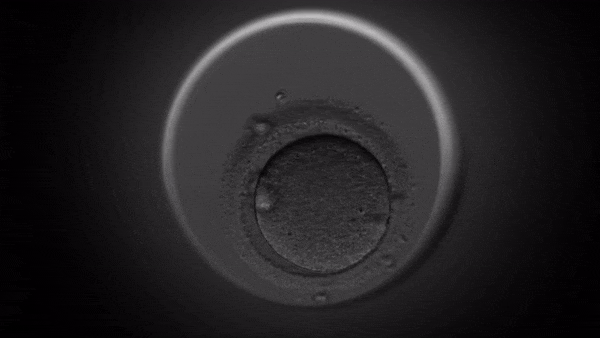Blog Template Not Full Width

Embryo incubation and the selection of embryos is a critical step in IVF treatments as the objective is to get pregnant in the shortest time frame with the BEST embryo.
Choosing a fertility clinic that uses world-class standard embryo culture technology is an important decision for couples seeking to get pregnant.
Before the introduction of time lapse
imaging technology, embryologists all over would use a normal embryo
incubator to keep the embryos.
That means every day, the embryologist
will have to take the embryo out of the normal incubator to put
under a microscope to study the growth and record the changes
manually.

Now imagine doing that for a number of embryos which have to be taken out and put back into the normal incubator daily.
The embryo can only be out of the normal incubator for a very short duration as it is sensitive to the surrounding temperature and environment.
On top of that, the embryologist could also miss out a lot of data as different embryologists view from different perspectives using the normal microscope coupled with daily constant moving of the embryo in and out of a normal incubator.
Talk about being able to grow in peace!
There is a high chance that they may miss out crucial factors like how fast the embryo has grown - some embryos that grow too fast tend to be abnormal.
And the last thing an embryologist wants to do is to implant an abnormal embryo!
By right, the embryos should be kept in an incubator to grow without disturbance while still having its growth monitored consistently.
These are some of the limitations when using a normal embryo incubator as compared to using an IVF Time Lapse Imaging technology.
What's The Difference Between IVF Time Lapse Imaging With Normal Embryo Incubator?
A normal embryo incubator requires daily checking of which the embryo needs to be taken out, checked under a microscope manually with the naked eye and quickly put back in.
An IVF Time Lapse Imaging technology
comes with a built-in incubator and microscope so that the embryo does not need to be removed from the incubator at all while the
microscope takes timed pictures of the embryo for better comparison.
IVF Time Lapse Imaging technology can take a photo of the embryo every 15 minutes!
Since there's no change of environment for the embryo, it is allowed to grow safely and securely while its growth progress is being documented automatically.
This is also known as non invasive embryo culture.
It provides more accurate comparison images for the embryologist as they can view the images on the computer without disturbing the embryo.
There is also proper documentation in terms of video images to show couples on the progress of their embryos in the IVF process.


Allows For Better Decision Making
Since several eggs will be fertilized, this allows the embryologist to make better decision in selecting the BEST embryo for implantation.
The Time Lapse Imaging allows them to compare all the embryos at the same time as the photo images are taken simultaneously and recorded.
Any abnormalities or defects in the embryo can also be identified quickly.
By being able to choose the best embryo for implantation, this is proven to reduce early pregnancy loss, increase on-going pregnancy rate and increase live birth rates.
The benefits of changing from traditional embryo assessment to continuous observation using time-lapse system are also certainly supported by the findings.
At Star Fertility, the use of IVF Time Lapse Technology ensures a higher accuracy for our embryologist to select the best embryo for implantation while minimizing any disturbance to the embryo.
Call or whatsapp our IVF Centre in Malaysia for more IVF information and to get started on your journey to parenthood.
